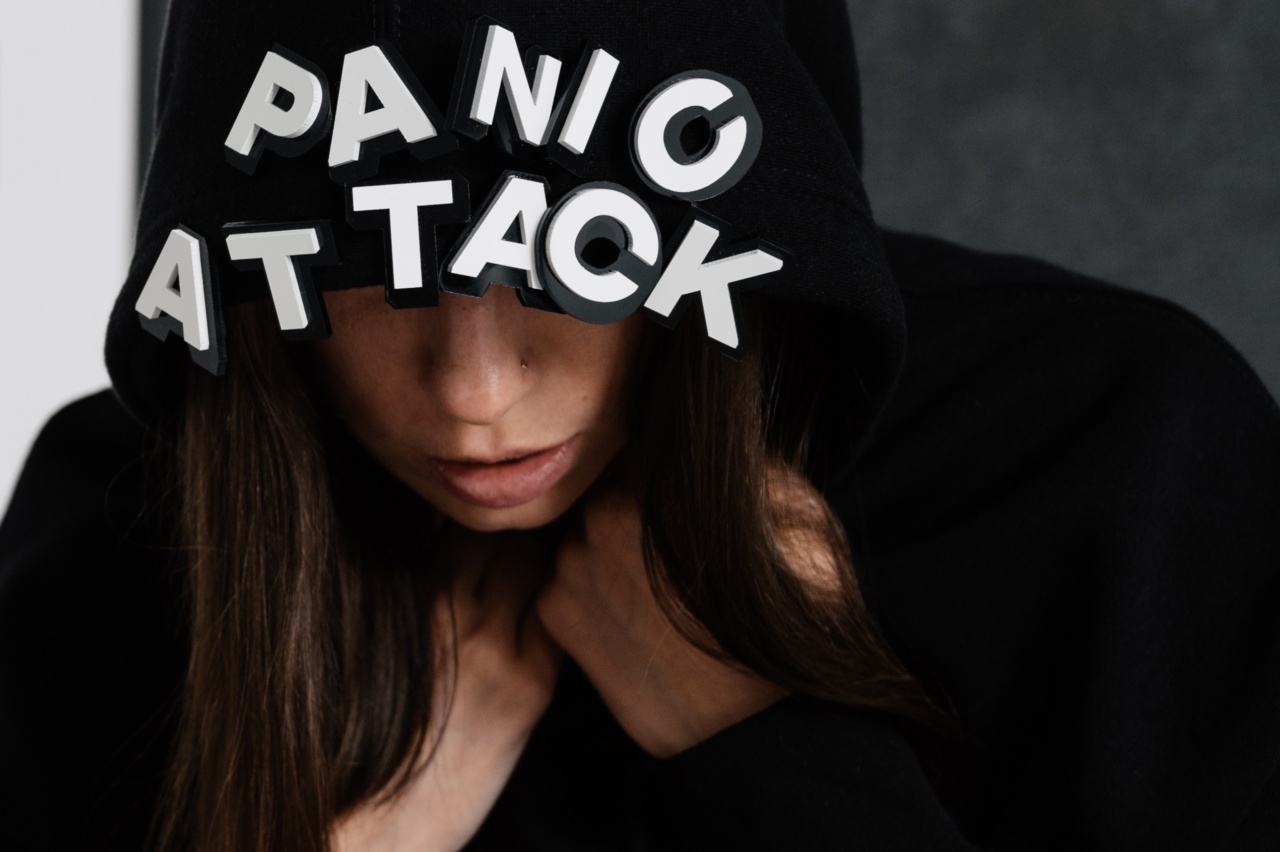Panic attacks are sudden episodes of intense fear and worry that can strike without warning. These attacks can be debilitating and frightening for those who experience them.
Understanding the causes and symptoms of panic attacks can help individuals identify and manage their symptoms more effectively.
What Causes Panic Attacks?
Panic attacks can be caused by a variety of factors, including:.
Genetics
Research has shown that panic attacks may be hereditary, meaning that they can be passed down through family members. If a family member has a history of panic attacks, there may be an increased risk for other family members as well.
Environmental Triggers
Environmental triggers can also cause panic attacks. These may include significant life changes or events such as a divorce, job loss, or death of a loved one.
Stressful situations such as financial difficulties, relationship problems, or major exams can also trigger panic attacks in some individuals.
Mental Health Conditions
Panic attacks are often associated with mental health conditions such as panic disorder, general anxiety disorder, and post-traumatic stress disorder. These conditions may make individuals more susceptible to experiencing panic attacks.
Substance Abuse
The use of drugs or alcohol may also trigger panic attacks. These substances can induce intense feelings of fear, anxiety, and paranoia that may escalate into a full-blown panic attack.
What are the Symptoms of Panic Attacks?
The symptoms of panic attacks vary from person to person, but the most common symptoms include:.
Shortness of Breath
Individuals experiencing a panic attack may feel as if they cannot catch their breath or that they are suffocating. This feeling can be extremely distressing and frightening.
Rapid Heartbeat
During a panic attack, the heart may beat faster than normal, causing palpitations or a pounding sensation in the chest.
Sweating
Sweating is a common symptom of panic attacks. Individuals may sweat profusely even if they are not exercising or in a hot environment.
Trembling or Shaking
Some individuals may experience tremors or shakes during a panic attack. It is important to note that this symptom does not necessarily indicate a medical condition like Parkinson’s disease.
Feeling of Choking
A panic attack can cause an intense feeling of choking or a lump in the throat. This can be extremely distressing for some individuals.
Dizziness or Lightheadedness
During a panic attack, some individuals may feel dizzy or lightheaded. This feeling can be disorienting and may increase anxiety and fear.
Nausea
Nausea is a common symptom of panic attacks. It is not uncommon for individuals to feel sick to their stomach or vomit during an attack.
Chest Pain or Discomfort
Chest pain or discomfort is a common symptom of panic attacks. This pain may feel like a heart attack or other serious medical condition, but it is usually not life-threatening.
Tingling Sensations
Some individuals may experience tingling sensations or numbness during a panic attack. This can be a particularly distressing symptom, as it may feel like the body is shutting down or going numb.
Feeling of Unreality
During a panic attack, some individuals may feel as if they are in a dreamlike state or that things around them are not real. This feeling may increase anxiety and fear.
Conclusion
Panic attacks can be debilitating and frightening for those who experience them. Identifying the causes and symptoms of panic attacks is an important step in managing and treating these attacks.
If you feel like you are experiencing panic attacks, it is important to talk to your doctor or a mental health professional about your symptoms and treatment options.























